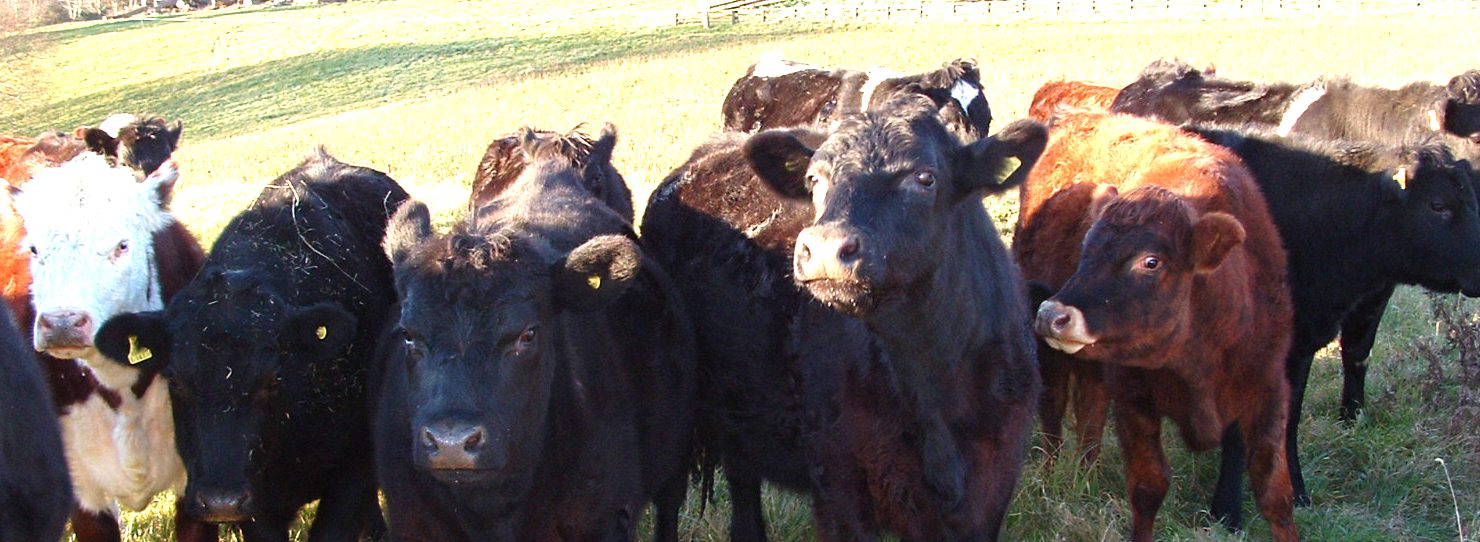
We are heading into a dry-looking March as I write this but, with a bit of luck, much-needed rain will have fallen by the time you read this latest copy of the Vetlife Rural Newsletter. Sooner or later it is going to rain, and there are a few health conditions that are worth considering when that happens.
The dry summer has meant that worm burdens in stock and on pasture have been low this season and this has been a bonus because eggs on the pasture and egg levels can be very high, especially around dung patches.
When it does rain however, mass hatching of these eggs can lead to very high worm challenges for stock which may have had relatively little prior exposure and so little immunity. This can be a particular problem if short re-growth is grazed.
Although pastures may come away very quickly after a drought, there are a few important points to note:
All these issues can be avoided by transitioning animals onto fresh growth slowly and continuing to offer supplementary feed while doing so. Judicious testing for nitrates and supplementation with magnesium should also be used. Transitioning onto fresh growth will also help the plant because it too is recovering from the drought. During a period of drought the plants will have developed a deep root system with the bare minimum of green material above the surface, i.e. browned off.
When the rain comes, the plant responds by drawing on the reserves it has in its roots to make fresh green material above ground. If too much is eaten or it is eaten too quickly, the plant is unable to recover and has nothing left to produce fresh leaves. Do not graze off this first leaf, but rather allow the plant to recover before establishing a normal round. So, use a long rotation and a higher pre-grazing cover than normal.
Once the grass is fully growing, then maintaining pasture quality becomes an issue, especially as many farms have de-stocked over the summer. If stock have been sent off farm, make sure that they receive a quarantine drench immediately on returning so that resistant worms are not introduced onto your farm.
Making baleage can replenish winter feed supplies where a poorer quality product may be less of a problem, and it can also help if weed dominance of swards has become an issue.